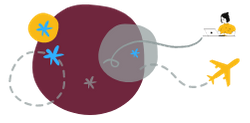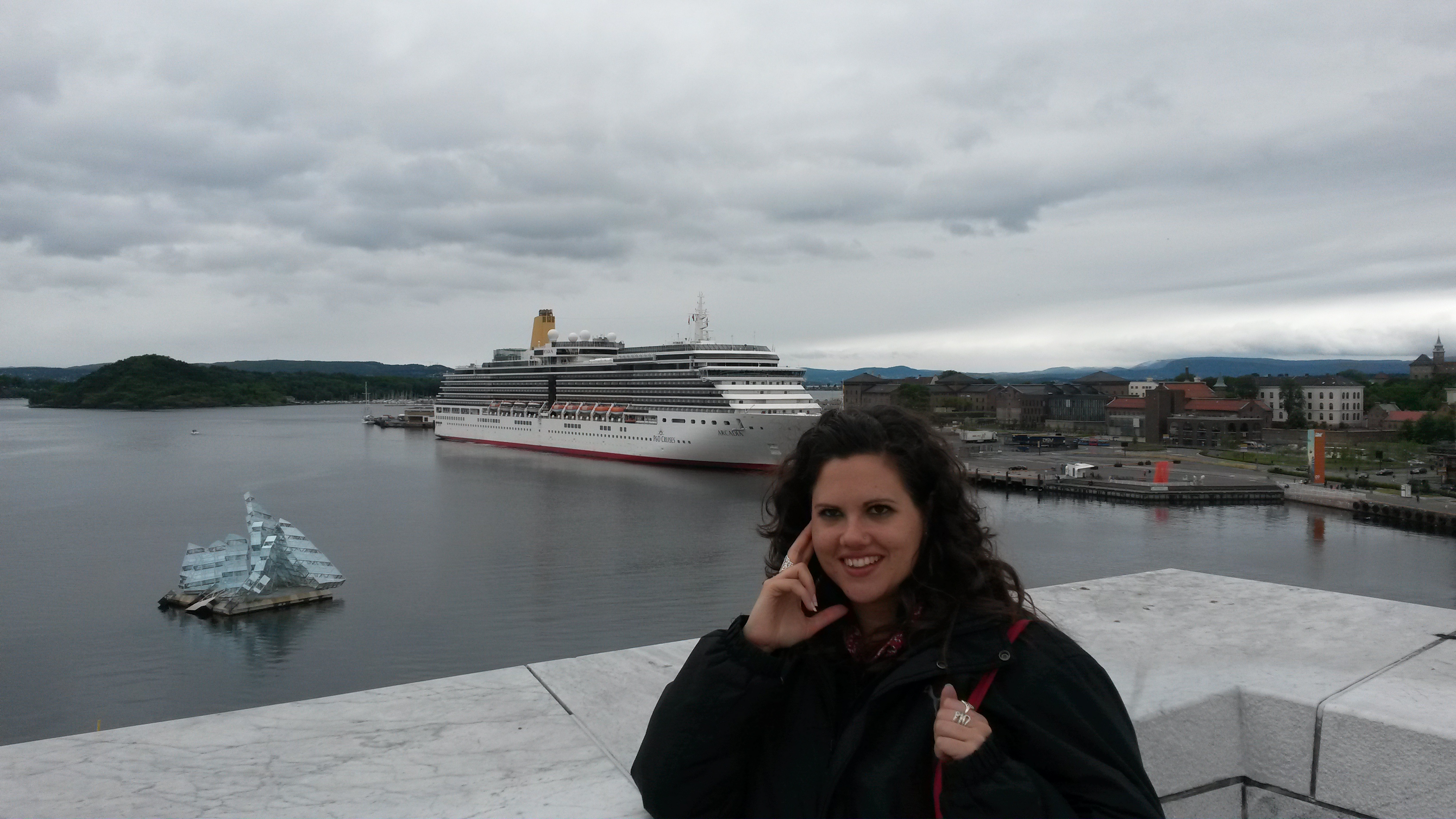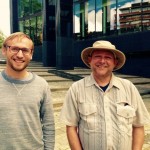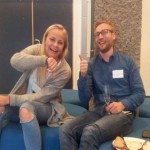Pre-departure:
The University of Oslo (Uio) offers an annual summer school in comparative social sciences for PhD students (www.sv.uio.no). The summer school was recommended to me by two PhD psychology students (Lorenza and Rizwana). My PhD research utilises mixed methods to address career adaptability processes, and I had encountered challenges I wanted to gain clarity about. Furthermore, I was keen to connect with PhD candidates and to gain research skills in an international learning environment. Therefore, when I heard about the mixed methods course by Prof. Gobo at the summer school
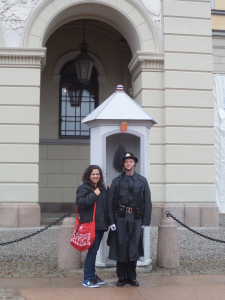
in Oslo, I immediately applied. Receiving the PGIO travel bursary allowed me to purchase my ticket. My course fees were waivered because of the partnership that Stellenbosch University (SU) and Uio have. In addition, the NRF awarded me a travel grant which allowed me to afford the extra costs, such as accommodation and food. SU has many international partnerships, so a lot of time is involved in planning a trip.
Travelling is hard work! Luckily, I did not need a VISA as I am a cultural hybrid (German/South African). I danced a tango with passports, leaving and entering with both European and South African passports. I ordered Norwegian Crowns (NOK) to have cash money to buy food/water at the airport (they can take a week to arrive). I chose to swipe cards and made sure that the bank was notified that it was me doing swiping overseas. Loading money onto my student credit card was the best option, and I could use it everywhere easily. I had received advice to hide my passports and ticket at my accommodation to ensure that in case of strange circumstances I didn’t lose my ticket home. In terms of keeping in touch with SA, cell phone network connectivity is tricky, depending if you are on pre-paid or contract. I planned to buy a Norwegian simcard, whereby I could use WhatsApp, google maps and not worry about international roaming fees.
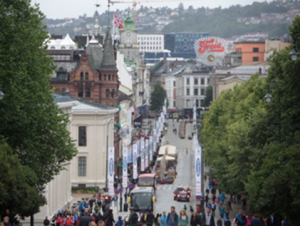
Most importantly, this also would allow me to phone my mom and tell her I was safe and sound. I also packed Nescafé Cappuccino sachets, Futurelife cereal, Corenza C medication, Grand-Pa headache powders and toiletries to ensure I was prepared and could save these expenses. I devised a communication strategy where automatic replies were sent out to anyone emailing me, this gave me the freedom to check if I had time. I asked for my contacts to call my Norwegian cell number, which was cheaper than receiving calls at a hotel.
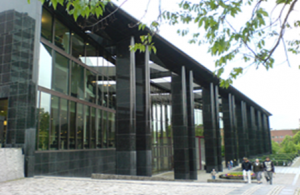
The hardest part of my planning was finding cheap but habitable accommodation (unless you have Viking friends). I chose the hotel recommended by the summer school, as breakfast was included (this proved to be delicious and great service). A travel agent was enlisted to book flights. I recommend Neelsie travel (Lou-an), and Emirates seems to be the price leader. Travel insurance is automatically included when the flight is paid by credit card, but I added extra travel insurance just to make sure if a Norwegian troll found me I would be covered.
In order to pack efficiently, homework is required to find out what you need. For example, if you are travelling to Europe, you will need to buy a travel adaptor at the SA airport so that your laptop (three prong) will fit into a two-prong plug. Examine weather patterns to pack appropriate clothing. Norway was in the summer season but the temperature mimicked our winter. Intensive preparation is also required for the course as there are numerous readings, so it becomes important to plan how to fit in all the readings before you leave. In addition, I tried to familiarise myself with the transport route online to get from the airport to my accommodation. Although I was told to look after my belongings, coming from SA I had relatively few worries as Norway seemed safe. And I was looking forward to enjoying the constant supply of electricity.
Experience at Summer School:
After a 22-hour flight I arrived in Oslo. I took the Flytoget (airport express train) to get to the nationalteateret (subway station), which was 10-min walk from the Scandic Holberg Hotel. The accommodation was at the perfect location as a tram (Trikk) to the Blindern Campus stopped just outside, and the Flybussen had a stop to take you to the airport. Everything in Oslo city center is within walking distance, so my most memorable Nordic experience was walking over bridges, past forests, along the harbour and through streets that were sprinkled with gabled and steepled houses which were straight from a fairy tale. In daily classes, from 10:00am to 3:00pm, we had lectures that covered in-depth conversations about 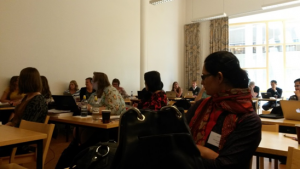 the history of mixed methods research, the debates and the challenges of mixed methods research. All 37 participants from 11 different countries were interested in facing the complexities of using mixed methods to conduct research. Through class discussions, participants were encouraged to interact and form social networks that could lead to future research collaborations. The extensive course readings and material covered will enrich my PhD, and I have already altered the format of my pilot study. My methodology chapter will greatly benefit from the knowledge that was transferred, and the course material will continue to shape my thinking processes.
the history of mixed methods research, the debates and the challenges of mixed methods research. All 37 participants from 11 different countries were interested in facing the complexities of using mixed methods to conduct research. Through class discussions, participants were encouraged to interact and form social networks that could lead to future research collaborations. The extensive course readings and material covered will enrich my PhD, and I have already altered the format of my pilot study. My methodology chapter will greatly benefit from the knowledge that was transferred, and the course material will continue to shape my thinking processes.
In terms of social activities, the summer school organised a bus trip for all course participants around the city of Oslo, a tour through the Vigeland sculpture park and a tour of the Viking Muesum on Bygdøy island. The Viking museum provided a glimpse into Viking heritage, with Viking ships on display as well as relics and ornamental carvings. In contrast, the sculpture park was a mirror of the human experience from birth to death, with sculptures expressing a spectrum of human emotion. However, the highlight of my trip was embarking on a ferry ride to the Fjords island Langøyene, which is only accessible in summer from the harbour. Although ferries are public transport, they have extended hours until after midnight. The 7 “dagers kort” ticket covers all public transportation for a week and makes moving around Oslo affordable and convenient. Other sights to see in the centre of the city of Oslo are the Royal Place which is on the main road (Karl Johan’s gate), the Opera House where you can actually walk on the roof, the Nobel Peace Prize Centre, the City Hall, the Oslo Cathedral and historical museum. Personally, my interest lies in antique and second-hand vintage goods, so I explored shops called UFF and Gatsby (www.oslo.info/shopping/). If you are interested in taking home souvenirs, trolls, Freia chocolate, Viking trinkets, reindeer leather, marine wool and Snus tobacco are all options.

Return:
Time sped by, and the week was over so quickly. It almost felt as if I had woken up from a dream when I got back to my “old” world. It doesn’t seem possible to have had so many experiences in such a short time, travelled thousands of kilometres and connected with so many diverse individuals from all over the world. I think the hardest thing about coming back is taking time for reflection before jumping back into daily tasks. Reflection helped me to absorb all the knowledge, to weave all the experiences into a narrative to share with others and then to keep up newly found connections. Many interesting conversations were held about South Africa and comparisons were drawn to other faraway places, which resulted in discourses about contextual challenges, hybrid cultural identities and international mobility. This foreign environment offered me a unique lens with which to view my research, to gain perspective about where I would like to head in the future and what skills I still need. Specifically, this opportunity motivated me to continue on my research path and exposed me to the international prospects that are available. I have a deep sense of gratitude for this trip that allowed me to reflect on my research and my personal developmental trajectory. Special recognition needs to be given to Prof Lars Mjøset and the Uio team pictured below (Karoline, Magnus & Tron)
who were extremely organised and helpful with regard to all important practical information throughout the course. A heartfelt thank you is sent out to all the people who made this eye-opening experience possible which showed me that the world is full of miracles and wonderful experiences!

